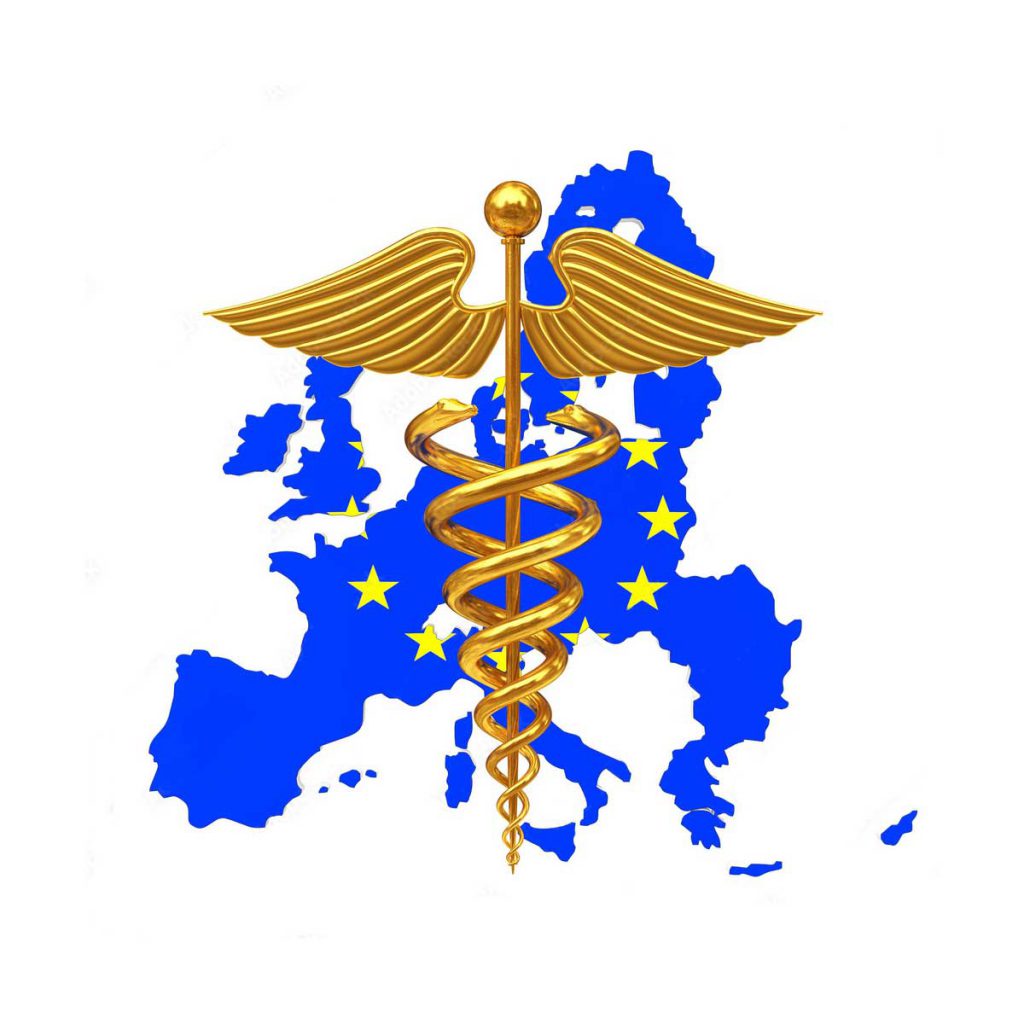Biosimilars have been gaining a lot of attention in recent years as an alternative to expensive biologic drugs. Biosimilars are copies of original biologic products that have already been approved by regulatory authorities. They are developed to have similar efficacy, safety, and quality as the original biologic. Biosimilars have the potential to provide patients with access to life-saving treatments at a lower cost.
One of the challenges of developing biosimilars, from a commercialization perspective, is the brand naming strategy. Biosimilars are not exact copies of the original biologic drug, so they cannot be given the same name. This is different from generic drugs, which are exact copies of the original drug and are given the same (generic) name.
The naming strategy for biosimilars is important for several reasons. Firstly, it allows healthcare providers to distinguish between the original biologic drug and the biosimilar. This is important because healthcare providers need to know which drug they are prescribing to their patients. Secondly, it helps to maintain patient safety. If there are any adverse events associated with the biosimilar, the brand name plays a critical role in the reporting and tracking of these events.
An analysis of biosimilar approvals reveals two primary naming strategies are employed:
Referring to the international nomenclature name (INN), as with the brand name ACCOFIL, which references pegfilgrastim. This strategy leverages associations with the nonproprietary name registered as an INN. Overt associations are discouraged by regulators.
Independent names, as with MOVYMIA (teriparatide). This strategy utilizes a new name with no associations with existing pharmaceutical nomenclature, providing a clean slate from which to build one’s brand.
A third and much smaller percent of biosimilar products reference the originator (or reference) product’s brand name. For example, the EMA has approved the brand name REMSIMA, which suggests that the product is a biosimilar to the brand Remicade.
Both the EMA and the FDA have a review process for biosimilar names. The review process is designed to ensure that the names of biosimilars are not confusing, misleading, or overly promotional. Both agencies have different review criteria, but both agencies aim to ensure that the names of biosimilars are clear, informative, and not easily confused with another pharmaceutical brand name, biosimilar or otherwise.
Overall, biosimilar naming strategies must balance the need for competitive differentiation with the requirement of regulatory compliance. Effective branding can build trust and confidence in biosimilars, and the brand name can help ensure proper identification and tracking of the product in the healthcare system. As the biosimilar market continues to grow, companies that can develop compelling branding and naming strategies will be best positioned to succeed in this competitive environment.
By Steffen Lorenz

